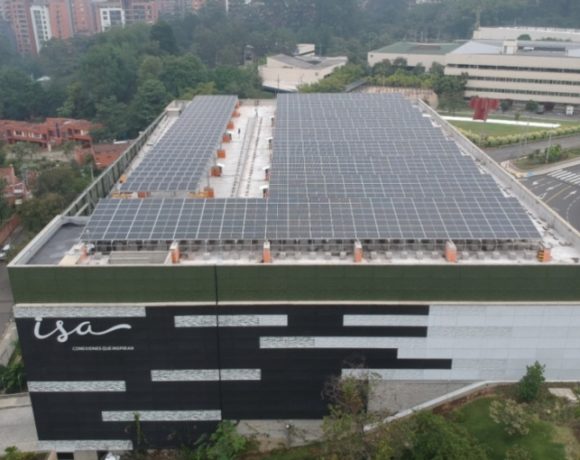EPM Now Controls ‘Afinia’ Electric Power Group in Caribbean Market; Faces US$2 Billion Investment Risk, Massive Culture of Non-Payment

Colombia’s national government on September 30 officially signed papers handing-over half of the former “Electricaribe” power operation in five Caribbean coastal departments to Medellin-based EPM effective October 1.
The deal for what was once dubbed “CaribeMar” means that as of today (October 1), the new “Afinia” unit of EPM is now responsible for investing at least COP$8 trillion (US$2 billion) in required infrastructure upgrades over the next 10 years — and simultaneously trying to find a way to get hundreds of thousands of habitual non-paying customers in that region to start paying their electric bills.
EPM’s new “Afinia” division (a.k.a. “CaribeMar”) now assumes power-service obligations in all of Bolívar, Cesar, Córdoba and Sucre departments, plus 13 municipalities in Magdalena. As a result, EPM’s national share of the Colombian power market rises to 35% — biggest in the nation.
Under the deal, EPM initially must invest COP$4 trillion (US$1 billion) in the first five years of “Afinia” operations, then double that investment in the subsequent five years, to a cumulative COP$8 trillion (US$2 billion) over 10 years, according to the company.
Beyond this initial US$2 billion investment risk is the challenge of finding ways to overcome the massive losses suffered by all prior Electricaribe operations — because of a widespread culture of customer non-payment.
According to Colombia’s Public Services Superintendant Natasha Avendaño, fully 32% of Electricaribe customers never pay their electric power bills. Illegal power connections in many Caribbean municipalities are so massive that the former Electricaribe company inevitably fell into bankruptcy.
To convince EPM to buy the “CaribeMar” (now Afinia) operation despite the disastrous history of Electricaribe, the Colombian government agreed to assume some huge costs:
1. COP$2 trillion (US$519 million) of pension liabilities covering more than 3,000 current Electricaribe pensioners.
2. COP$4.56 trillion (US$1.18 billion) in operating-cost credits and power purchase guarantees.
3. COP$860 billion (US$223 million) in required infrastructure investments.
Since the government took-over essentially bankrupt Electricaribe in 2016, “priority interventions were carried out to improve the infrastructure of power networks, substations, new circuits, distribution transformers, as well as the implementation of a loss-reduction plan,” according to Colombia’s Ministry of Mines & Energy.
“As a result, the service interruption duration indicator (SAIDI) has been cut from 75.11 hours in 2019 to 56.34 hours in August 2020. Likewise, the service interruption frequency indicator (SAIFI) was reduced from 77.15 times in August 2019 to 67.33 times in the same month of 2020,” according to the Ministry.
















